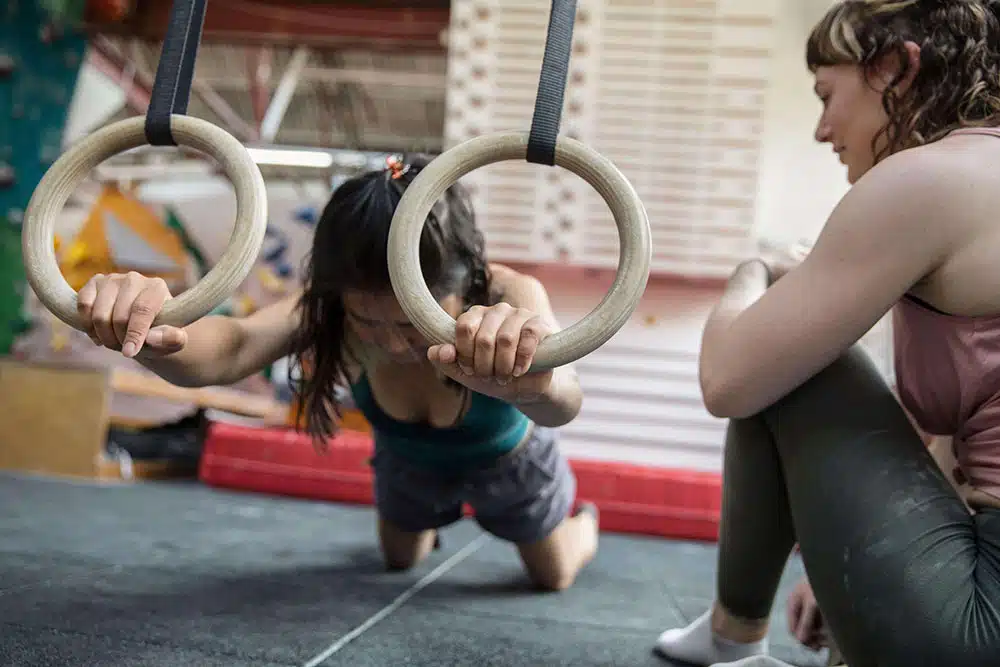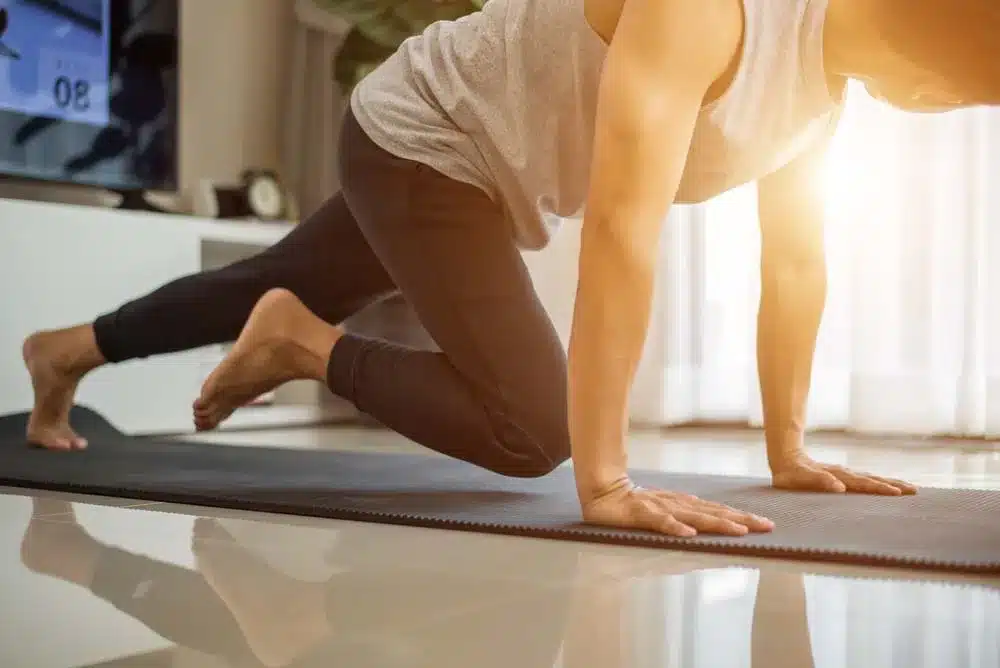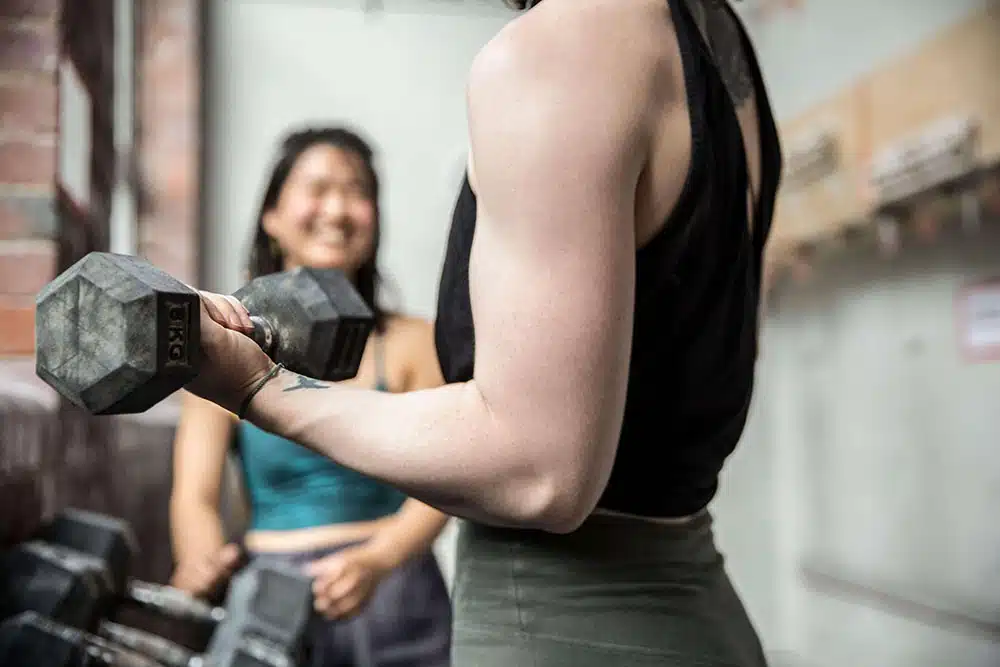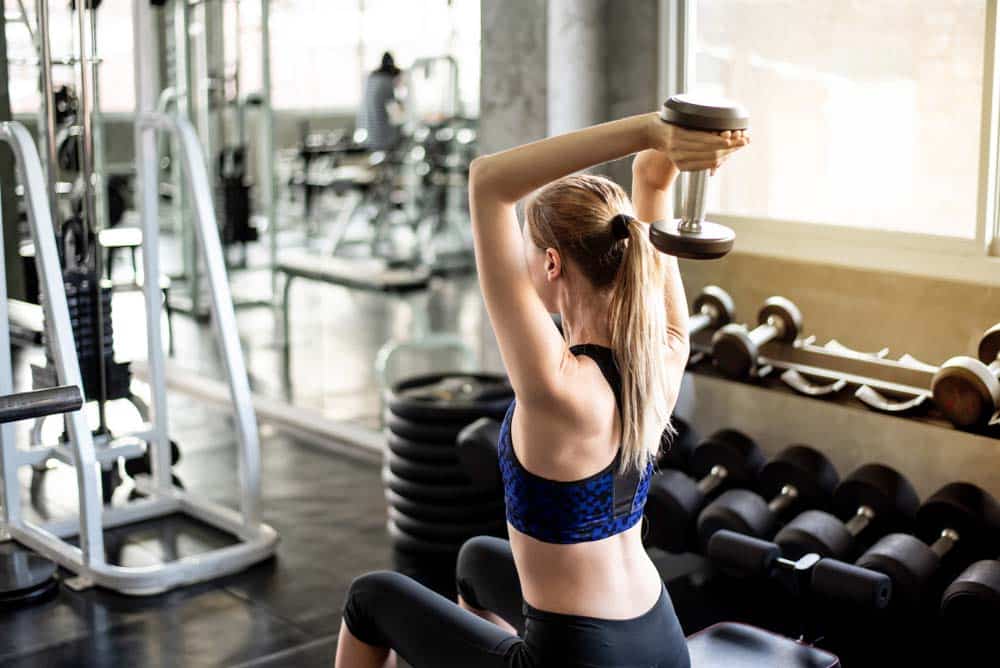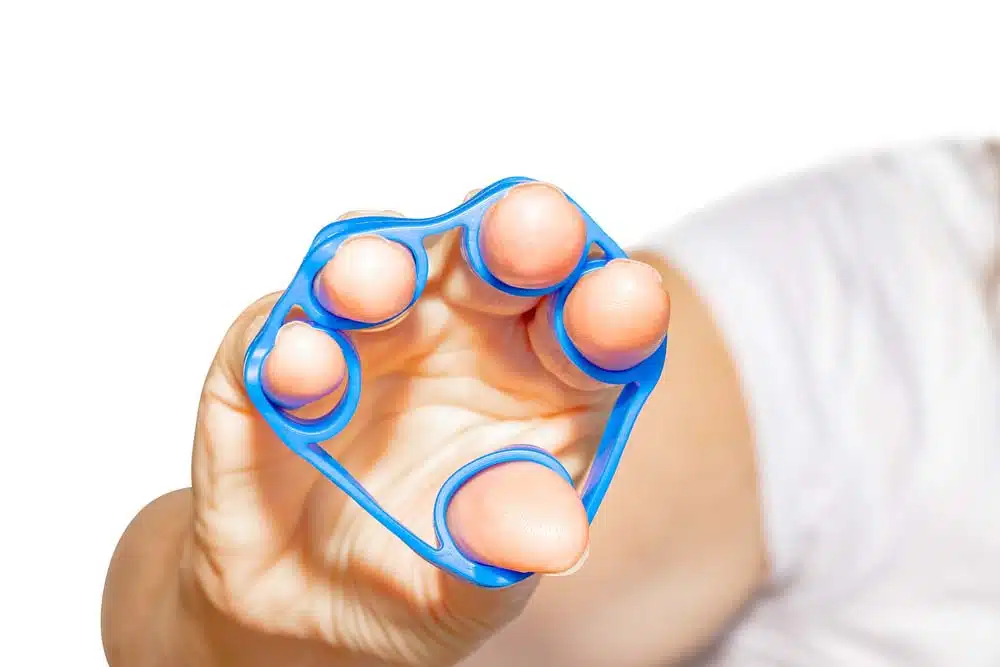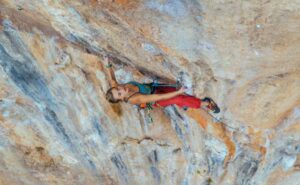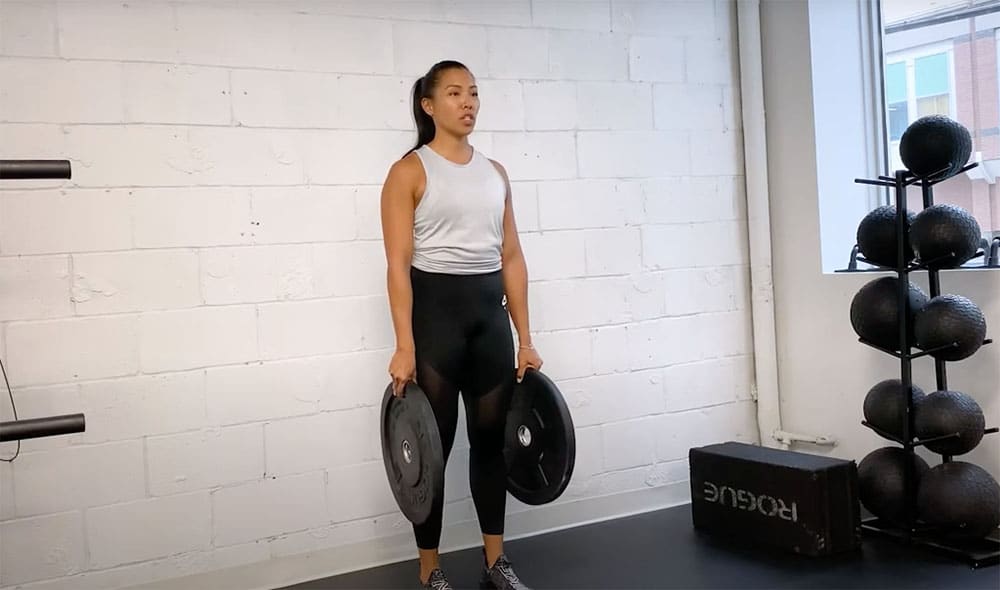As climbers, we spend a lot of time focusing on the “bigger, more important” muscle groups in our bodies. This is great for building strength and muscle mass. However, unfortunately, this sometimes leads to an increased risk of injury and decreased climbing performance.
To counteract the overuse of certain muscle groups, more and more knowledgeable climbing PTs and pros are focusing on antagonist muscles and antagonist training.
Keep reading to learn about antagonist training for climbers and to learn about seven simple antagonist exercises you can incorporate into your training routines.
What are Antagonist Muscles
An antagonist muscle is a muscle that opposes a different muscle action. For example, during a bicep curl where your bicep muscle is contracting, the triceps on the opposite side of your arm are lengthening. In other words, the bicep is the agonist, and the tricep is the antagonist.
Therefore, antagonist muscles are generally thought of as muscles that are used less commonly in climbing. So, by performing antagonist exercises, you can counteract the overuse of agonist muscles, strengthen antagonist muscles, and prevent and rehabilitate climbing injuries.
How Often Should You Perform Antagonist Training?
Everybody is different, however, for the average climber, two short antagonist training sessions per week is a healthy way to maintain strength and prevent injuries.
It’s recommended to complete your antagonist exercises after a climbing day so that you can avoid training on rest days.
Volume and Intensity of Antagonist Training
Once again, every climber is different. Therefore, the volume and intensity of their training will vary.
However, moderate intensity is recommended. Regarding volume, start with three sets of 8-12 repetitions with plenty of rest in between sets.
Overall, your training routine should feel challenging, but it should not force you into failure. If it does, you need to dial back the volume or intensity.
7 Antagonist Training Exercises for Climbers

The antagonist exercises you perform should focus on your body and your training goals. You should cater to the parts of your body that need strengthening or rehabilitation from a climbing injury.
But in general, it can be helpful to plan out a workout by body regions Remember– you should train the muscle groups based on how they are used in climbing.
-
-
Trapezoid muscles: shoulder shrugs or shoulder press
-
-
-
Triceps and chest muscles: tricep dips, bench press, or push-ups
-
-
-
Shoulders and rotator cuffs: standing IYT exercises or external rations
-
-
-
Forearm muscles: forearm curls
-
1. Wrist Curls
Wrist curls are particularly great for helping correct in-balances in forearm flexor and extensor strength, especially for those suffering from elbow pain.
Antagonist muscles worked: flexor muscles, wrist extensors.
Wrist Flexor Curl
Using a lightweight handheld object or dumbbell…
-
-
Kneel down behind a bench or flat face
-
-
-
Bend forward at the hips and place your forearms on the bench shoulder-width apart
-
-
-
Position your palms facing up
-
-
-
Curl your wrists upwards, slowly engaging your forearms
-
-
-
Slowly uncurl your wrists to a neutral position and repeat
-
Wrist Extensor Curl
Using a lightweight handheld object or dumbbell…
-
-
Kneel down behind a bench or flat face
-
-
-
Bend forward at the hips and place your forearms on the bench shoulder-width apart
-
-
-
Position your palms facing down
-
-
-
Curl your wrists downwards, slowly engaging your forearms
-
-
-
Slowly uncurl your wrists to the starting position and repeat
-
2. Push Ups
Push ups can help even out muscular asymmetry in the upper body by working the opposing muscles to the “pulling-ones” primarily used by climbers.
Antagonist muscles worked: the trapezius muscle, the posterior deltoids, and the rhomboids.
-
-
In a prone starting position, place your hands under your arms shoulder width apart under your body
-
-
-
Extend your elbows, keeping your back and legs straight
-
-
-
At the top of the final position, slowly lower your body until your upper arms is parallel to the ground
-
-
-
Repeat the movement
-
3. Over Head Tricep Extensions
Antagonist muscles worked: triceps
Using a lightweight handheld object or dumbbell…
-
-
Stand tall with good posture and your knees slightly bent
-
-
-
Raise your bent arm above your head using the other arm to support it
-
-
-
Slowly straighten your elbow to bring the weight overhead
-
-
-
Hold the position
-
-
-
Slowly lower your arm back down and behind your head and repeat
-
4. Rotator Cuff Exercises
Rotator cuff exercises are key to promoting stability and strength in the shoulder joint, helping you maintain healthy and injury free shoulders.
Antagonist muscles worked: Pectoralis, subscapularis muscle and Infraspinatus muscle, teres minor, posterior deltoid
Internal Rotation
Using a light resistance band fixed to a stationary object…
-
-
Stand holding the band with your elbow bent at your side
-
-
-
Keeping your elbow close to your side, slowly rotate your arm inward across your body
-
-
-
Slowly return to the start position and repeat
-
External Rotation
Using a light resistance band fixed to a stationary object…
-
-
Stand holding the band with your elbow bent at your side
-
-
-
Keeping your elbow close to your side, slowly rotate your arm outward, away from your body
-
-
-
Slowly return to the start position and repeat
-
5. Resistance Band Power Fingers
Antagonist muscles worked: finger extensors
Using a resistance band or power finger elastic…
-
-
Cover your hand in a resistance band so your fingers secure inside
-
-
-
Slowly straighten your fingers in a controlled manner
-
-
-
Then relax your fingers and return to a neutral position
-
-
-
Repeat the exercise (and don’t forget to switch sides)
-
6. T-Y Exercises
When it comes to targeting the upper back muscles in a climbing specific way, T’s and Y’s give a great bang-for-their-buck.
Antagonist muscles worked: lower trapezius muscle
T Excercise
Using a TRX trainer, rings, or a rope…
-
-
Grip the rings with outstretched arms shoulder width apart in front of your body and with your palms facing inward
-
-
-
While maintaining body tension, straighten your arms and lean back
-
-
-
Then, pull both arms slowly and evenly apart until they’re positioned on the sides of your body, making a T-shaped position
-
-
-
Bring your shoulder blades together as close as possible and then slowly return to the starting position
-
Y Excercise
Using a TRX trainer, rings, or a rope…
-
-
Grip the rings with outstretched arms shoulder width apart in front of your body and with your palms facing inward
-
-
-
While maintaining body tension, straighten your arms and lean back
-
-
-
Then, slowly and evenly move your arms upwards and outwards, above your head, making a y-shaped position
-
-
-
Bring your shoulder blades together as close as possible and then slowly return to the starting position
-
7. Pinch Grips
Antagonist muscles worked: thumb and finger extensors, wrist extensors
Using a heavy weighted object wide enough to hold with a pinch grip…
-
-
Stand upright with your knees slightly bent and your feet shoulder-width apart
-
-
-
Hold the weight in the pinch grip, avoiding poor posture
-
-
-
Squeeze the object for the allotted time and then switch hands
-
Final Thoughts: Antagonist Training Can Help You Surpass Your Plateau and Prevent/Rehab Injuries
Antagonist muscles are generally understood as muscles that counteract or oppose other muscles. Therefore, antagonist training is designed to target less commonly used muscles.
By focusing some attention on antagonist training a couple of times a week, you can even out your workouts by strengthening or rehabbing under-utilized muscles.
The exercises I mentioned in this article can be references for how to start. Then, fine tune your training excercise to accomoate your unique siutation and body.


